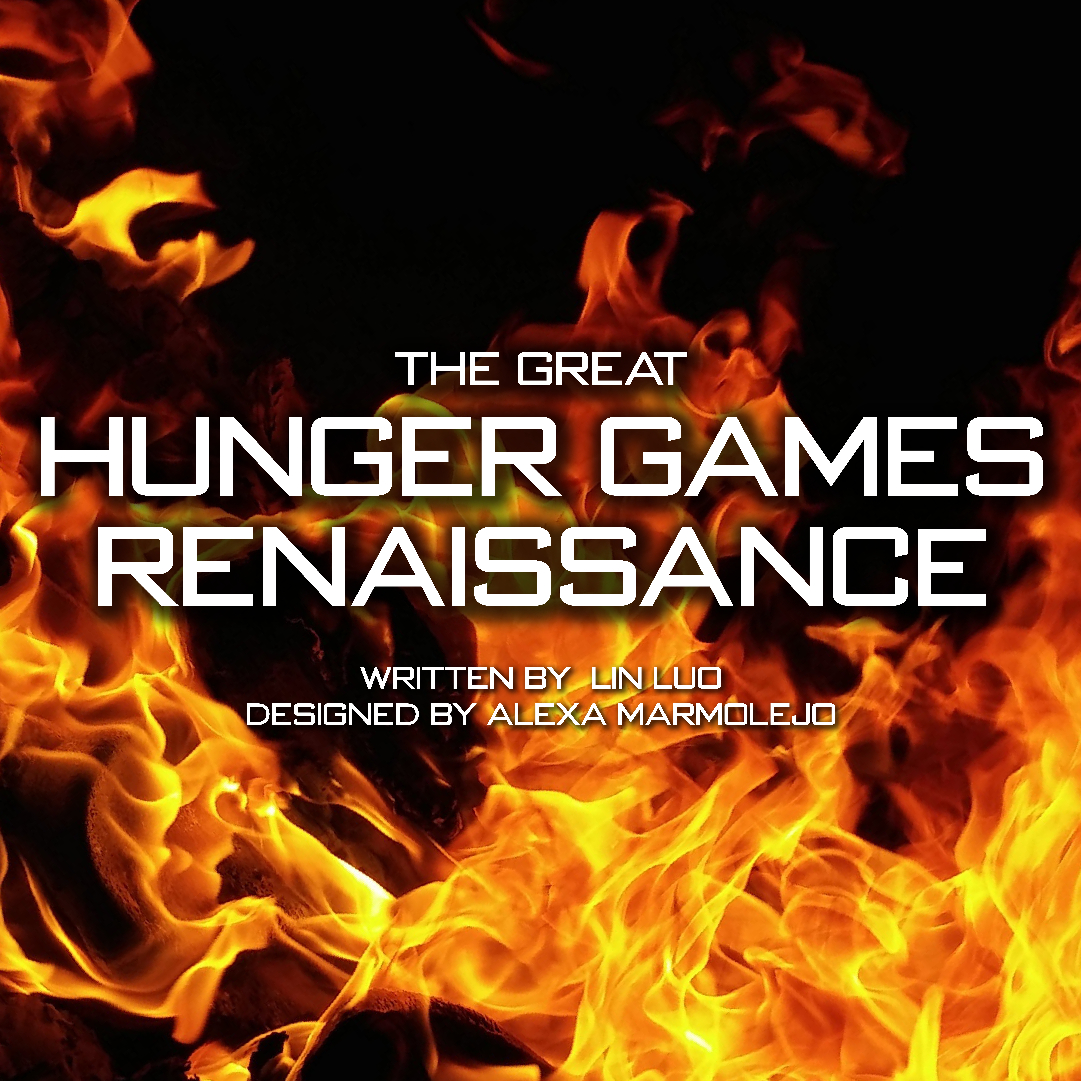
The odds are back in “The Hunger Games” franchise’s favor!
With the recent cessation of the Screen Actors Guild – American Federation of Television and Radio Artists, or SAG-AFTRA, actors’ strike and the November release of the franchise prequel, buzz around “The Hunger Games: The Ballad of Songbirds and Snakes” is at an all-time high. Updated for the newest generation of viewers, “The Ballad of Songbirds and Snakes” is gifted with a star-studded cast, ranging from Rachel Ziegler from Steven Spielberg’s“West Side Story” to Hunter Schafer, standout in “Euphoria” on HBO.
In the 2010s, “The Hunger Games” enjoyed a mass worldwide wave of popularity, but this wave seemingly crashed and ended as the general interest in dystopian media waned. The genre simply became oversaturated with material, turning away potential audiences with its repetitive tropes clearly attempting to mimic the Hunger Games’ success. The question is: what caused this Hunger Games renaissance?
Much of it can be attributed to the never-ending pop culture cycle. Audiences are forever obsessed with the past, always making it out to be a simpler, and therefore better time than their present life. With the 118-day strike where actors were contractually prohibited from promoting any of their projects, nostalgia was the only source of marketing “Ballad” could get.
The result has been highly successful. At its prime, the fandom of “The Hunger Games” was part of the greater internet phenomenon: 2014 Tumblr. Characterized with grungy-style polaroids of smudged black eyeliner, American Apparel tennis skirts, Doc Martens and flannels, this aesthetic was the true embodiment of the teenage experience, and the themes of rebellion and self-discovery within “The Hunger Games” fit right along with these vibes.
The film’s public relations team has seemingly caught on as well — now that the strike has been lifted, the project’s actors are free to attend red carpets, give late-night interviews and make promotional social media posts. Ziegler, who serves as the film’s co-lead, has had several viral red carpet moments by paying homage to the original star of “The Hunger Games,” Jennifer Lawrence, who played Katniss Everdeen. Hailed the pop “it-girl,” Olivia Rodrigo is also featured on the movie’s soundtrack, drawing several comparisons to singer-songwriter and 2014 Tumblr icon Lorde’s own soundtrack work for the cinematic trilogy. The New Zealand star held a parallel position in pop culture as the just-emerged new female alt queen that Rodrigo does now. Not only that but pop legend Taylor Swift has also put out re-recordings of singles originally on the soundtrack, namely “Eyes Open (Taylor’s Version)” and “Safe & Sound (Taylor’s Version).” It seems like everyone is trying to cash in on the resurgence.
At the core, that’s what this is all about. When the original movie was released, the nation was still feeling the impact of the Great Recession, and with this prequel release, younger generations are entering a post-pandemic world rife with tenuous global politics, inflation and forever-deepening wealth disparities.
We feel as if we’re living in a dystopia right now — such setting elements no longer feel like removed fiction but instead connect to what it’s like to live in the real world. A story centered around a class revolution against a capitalist society tells us that we’re not alone, not in the catastrophes of our present nor the anxieties of our future — something no marketing technique can capture.